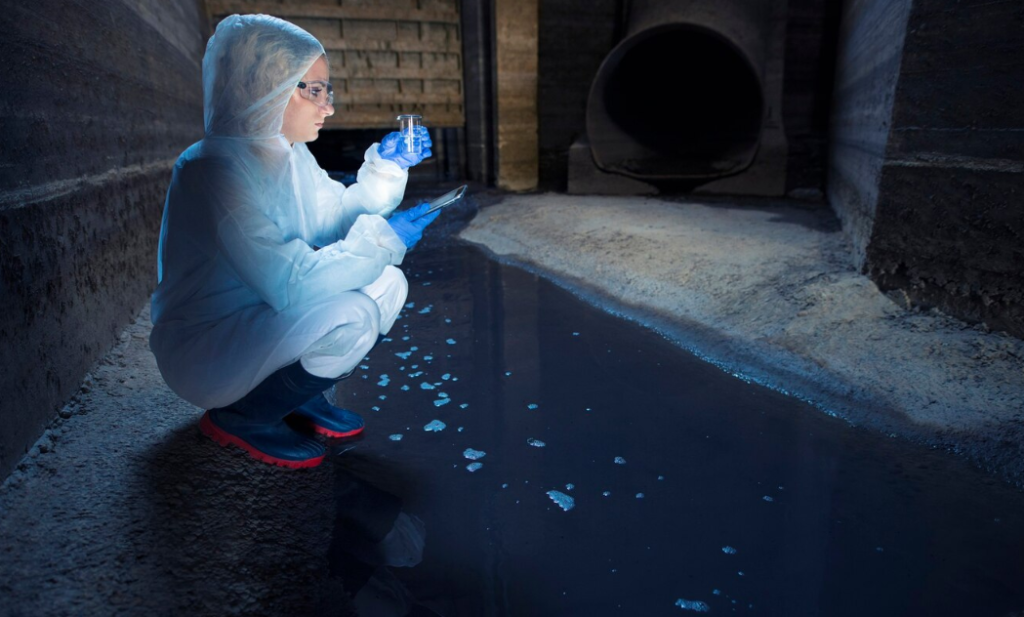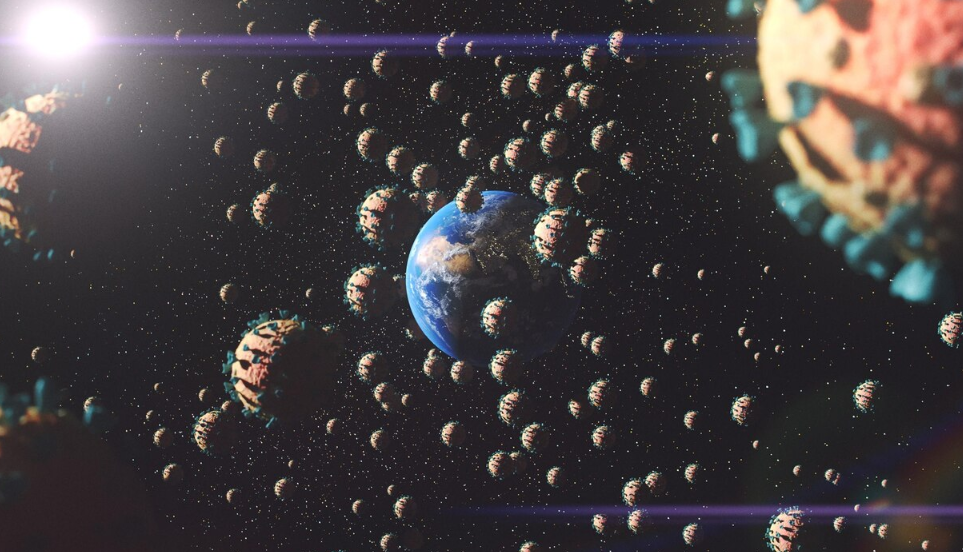In a world increasingly shared with machines, AI, and non-human intelligences, our traditional concept of aesthetics is beginning to stretch beyond its anthropocentric boundaries. What happens when design is no longer made for humans alone? Welcome to the emerging field of post-human aesthetics — where beauty is reimagined for non-human eyes.
Redefining Beauty Beyond the Human Gaze
For millennia, art and design have catered almost exclusively to human perception. We design objects, spaces, and visuals based on human senses — what we can see, hear, feel, and emotionally interpret. But artificial intelligence, robots, and machine vision systems perceive the world very differently. They process infrared spectrums, read pixel patterns we don’t notice, and prioritize function over form in ways that challenge our cultural norms.
Post-human aesthetics asks a bold question:
What does beauty look like to something that isn’t human?
Machine Vision and New Visual Languages
Machines don’t “see” images the way we do. Computer vision systems analyze data: edge detection, texture maps, depth perception, and object recognition algorithms. Their “aesthetic” preferences — if we can call them that — might favor symmetry for easier recognition, high-contrast colors for segmentation, or geometric consistency for spatial mapping.
Designers are starting to explore this:
- QR art and visually optimized barcodes that blend function with stylized form.
- AI-generated textures that appeal to pattern-detecting algorithms.
- Augmented environments where real-world objects are enhanced for robotic navigation or drone perception.
The result is a parallel visual world — invisible or irrelevant to us — but intuitively beautiful to the non-human systems that inhabit it.
Sound and Scent in Non-Human Terms
It’s not just about visuals. Post-human aesthetics can extend to other senses too:
- Ultrasonic patterns designed for machines that use echolocation or sonar.
- Chemical signatures embedded in materials for robotic scent detection.
- Data sonification that transforms datasets into soundscapes intelligible to both AI and humans.
In this realm, the aesthetic is not about pleasure or emotion, but efficiency, clarity, and machine compatibility. Yet that doesn’t make it any less fascinating — or meaningful.
Collaborative Creativity: Humans + Non-Humans
With generative AI now capable of producing images, music, and architecture, a new kind of aesthetic dialogue is forming. Artists and designers are beginning to co-create with non-human agents, letting machines guide decisions not based on human taste, but on algorithmic interpretation.
Examples include:
- AI-curated museum exhibitions based on neural network patterns.
- Buildings shaped by wind simulations and robotic optimization.
- Wearables designed for both human users and their companion devices (like drones or smart assistants).
This fusion of organic and synthetic aesthetics marks the beginning of a truly post-human design culture.
Ethics and the Alien Gaze
Designing for non-human perception raises ethical questions too. If we start optimizing environments for machines, do we risk alienating ourselves? Will cities become more readable to autonomous vehicles than to pedestrians? Will digital systems prefer designs that humans find unsettling or meaningless?
Post-human aesthetics invites us to balance: to create beauty that bridges human and non-human understanding, rather than replace one with the other.
Conclusion: Beyond the Mirror
Post-human aesthetics isn’t just about weird art or robotic preferences. It’s a profound shift in how we think about perception, intelligence, and beauty itself. As our creations gain autonomy and agency, we must also grant them a space in the cultural dialogue — a place where beauty is not just in the eye of the beholder, but in the code of the observer.


